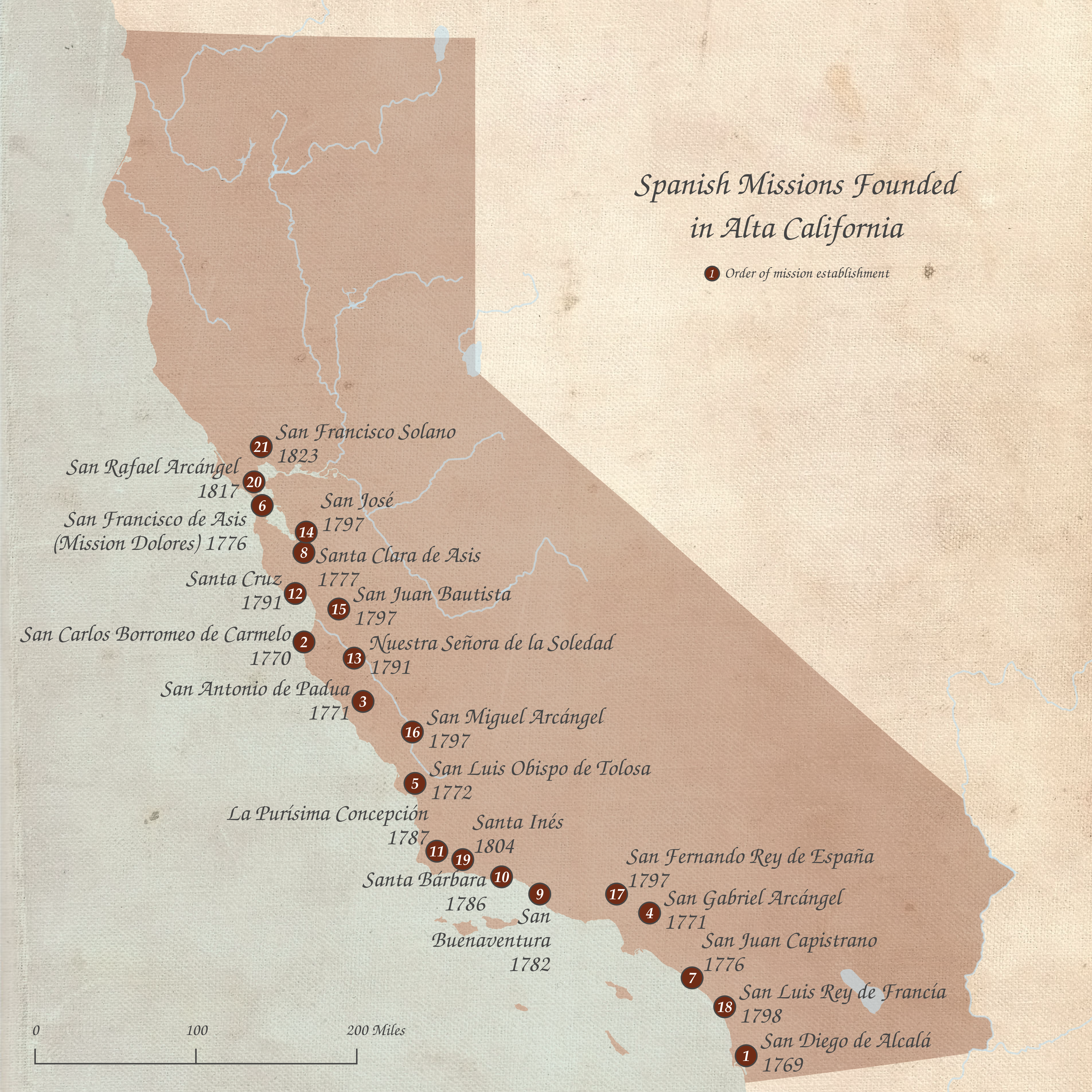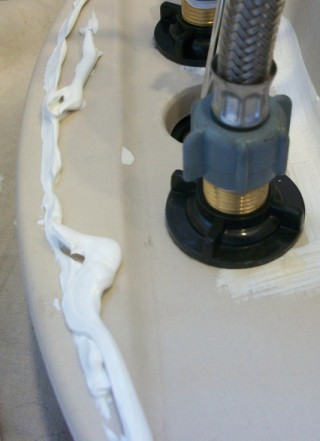|
Pismo Beach
Pismo Beach (Chumashan languages, Chumash: ''Pismuʔ'') is a city in the southern portion of San Luis Obispo County, California, San Luis Obispo County, in the Central Coast (California), Central Coast area of California, United States. Its estimated population was 8,072 at the 2020 United States census, 2020 census, up from 7,655 in the 2010 census. The Pismo clam was named for the long, wide beach where they were once found in abundance. History The Chumash people are the historic inhabitants of the region, with indigenous peoples having lived along the California coast for at least 11,000 years. The name Pismo comes from the Chumashan languages, Chumash language word for tar, ''pismuʔ'', which was gathered from tar springs in Price Canyon near Pismo Beach. The tar was a valuable product, which the Chumash used to caulk their seagoing canoes, called ''tomol'', which traveled along the coast and out to the Channel Islands of California, Channel Islands. The first European l ... [...More Info...] [...Related Items...] OR: [Wikipedia] [Google] [Baidu] |
List Of Municipalities In California
California is a U.S. state, state located in the Western United States. It is the List of U.S. states and territories by population, most populous state and the List of U.S. states and territories by area, third largest by area after Alaska and Texas. According to the 2020 United States Census, California has 39,538,223 inhabitants and of land. California has been inhabited by numerous Indigenous peoples of California, Native American peoples for thousands of years. The Spanish colonization of the Americas, Spanish, the Russian colonization of the Americas, Russians, and other Europeans began exploring and colonizing the area in the 16th and 17th centuries, with the Spanish establishing its first California Spanish missions in California, mission at what is now Presidio of San Diego, San Diego in 1769. After the Mexican Cession of 1848, the California Gold Rush brought worldwide attention to the area. The growth of the Cinema of the United States, movie industry in Los Angeles ... [...More Info...] [...Related Items...] OR: [Wikipedia] [Google] [Baidu] |
Alta California
Alta California (, ), also known as Nueva California () among other names, was a province of New Spain formally established in 1804. Along with the Baja California peninsula, it had previously comprised the province of , but was made a separate province in 1804 (named ). Following the Mexican War of Independence, it became a territory of First Mexican Empire, Mexico in April 1822 and was renamed in 1824. The territory included all of the present-day U.S. states of California, Nevada, and Utah, and parts of Arizona, Wyoming, and Colorado. The territory was with Baja California Territory, Baja California (as a single ) in Mexico's 1836 ''Siete Leyes'' (Seven Laws) constitutional reform, granting it more autonomy. That change was undone in 1846, but rendered moot by the outcome of the Mexican–American War in 1848, when most of the areas formerly comprising Alta California Mexican Cession, were ceded to the U.S. in Treaty of Guadalupe Hidalgo, the treaty which ended the war. In ... [...More Info...] [...Related Items...] OR: [Wikipedia] [Google] [Baidu] |
Channel Islands Of California
The Channel Islands () are an eight-island archipelago located within the Southern California Bight in the Pacific Ocean, off the coast of California. They define the Santa Barbara Channel between the islands and the California mainland. The four Northern Channel Islands are part of the Transverse Ranges geologic province, and the four Southern Channel Islands are part of the Peninsular Ranges province. Five of the islands are within the Channel Islands National Park. The waters surrounding these islands make up Channel Islands National Marine Sanctuary. The Nature Conservancy was instrumental in establishing the Channel Islands National Marine Sanctuary. There is evidence that humans have lived on the Northen Channel Islands for thousands of years. Radiocarbon dating shows that there was a continuous human presence between 8000-11000 years ago. The islands were inhabited primarily by two different Native American groups, the Chumash people, Chumash, and the Tongva people, Ton ... [...More Info...] [...Related Items...] OR: [Wikipedia] [Google] [Baidu] |
Tomol
A ''tomol'' or ''tomolo'' (Chumash) or ''te'aat'' or ''ti'at'' (Tongva/Kizh) are plank-built boats, historically and currently in the Santa Barbara, California and Los Angeles area. They replaced or supplemented tule reed boats. The boats were between in length and in width. The Chumash refer to the ''tomol'' as the "House of the Sea" for their reliability. Double-bladed kayak-like paddles are used to propel the boat through the ocean. Some sources suggest the boats may have origins at Santa Catalina Island (California), Catalina Island and have been in use for thousands of years. Others suggest an origin on the Northern Channel Islands during the first millennium CE. The ''tomol'' has been described as "the single most technologically complex watercraft built in North America" and as being unique to "the New World." The boats are still constructed by Chumash, Tongva/Kizh, and Acjachemen people today. Construction ''Tomols'' were preferably built out of redwood that had drift ... [...More Info...] [...Related Items...] OR: [Wikipedia] [Google] [Baidu] |
Caulk
Caulk (also known as caulking and calking) is a material used to Seal (mechanical), seal Joint (building), joints or seams against leakage in various structures and piping. The oldest form of caulk consisted of fibrous materials driven into the wedge-shaped seams between boards on Boat building#Wood, wooden boats or ships. Cast iron Sanitary sewer, sewerage Water pipe, pipes were formerly caulked in a similar way. Riveted seams in ships and boilers were formerly sealed by hammering the metal. Modern caulking compounds are flexible sealing compounds used to close up gaps in buildings and other structures against water, air, dust, insects, or as a component in firestopping. In the tunneling industry, caulking is the sealing of joints in segmental precast concrete tunnels, commonly by using concrete. Historical uses Wooden shipbuilding Traditional caulking (also spelled calking) on wooden vessels uses fibers of cotton and oakum (hemp) soaked in pine tar. These fibers are drive ... [...More Info...] [...Related Items...] OR: [Wikipedia] [Google] [Baidu] |
Chumash People
The Chumash are a Native Americans in the United States, Native American people of the central and southern coastal regions of California, in portions of what is now Kern County, California, Kern, San Luis Obispo County, California, San Luis Obispo, Santa Barbara County, California, Santa Barbara, Ventura County, California, Ventura and Los Angeles County, California, Los Angeles counties, extending from Morro Bay in the north to Malibu, California, Malibu in the south to Mt Pinos in the east. Their territory includes three of the Channel Islands (California), Channel Islands: Santa Cruz Island, Santa Cruz, Santa Rosa Island (California), Santa Rosa, and San Miguel Island, San Miguel; the smaller island of Anacapa Island, Anacapa was likely inhabited seasonally due to the lack of a consistent water source. Modern place names with Chumash origins include Malibu, California, Malibu, Nipomo, California, Nipomo, Lompoc, California, Lompoc, Ojai, California, Ojai, Pismo Beach, Point ... [...More Info...] [...Related Items...] OR: [Wikipedia] [Google] [Baidu] |
Pismo Pier Sunset 018 8x72
{{disambiguation ...
Pismo may refer to: * The town of Pismo Beach, California ** The Pismo State Beach near Pismo Beach ** Rancho Pismo * The Pismo clam * A code name for the fourth version of the PowerBook G3 The PowerBook G3 is a series of laptop Macintosh personal computers that was designed, manufactured, and sold by Apple Computer from 1997 to 2001. It was the first laptop to use the PowerPC G3 (PPC740/750) series of microprocessors, and was ma ... [...More Info...] [...Related Items...] OR: [Wikipedia] [Google] [Baidu] |
Pismo Clam
''Tivela stultorum'', also known as the Pismo clam, is a species of large, edible, saltwater clam, a marine bivalve mollusk in the family Veneridae, the Venus clams. This species is native to the eastern Pacific Ocean. As the name implies, the Pismo clam lives in Pismo Beach, California. It has been found at least as far south as 300 miles (480 km) south of the US–Mexico border in Baja California on the Pacific Ocean side, where strong surf sometimes washes ashore live clams. The indigenous peoples of California Indigenous peoples of California, commonly known as Indigenous Californians or Native Californians, are a diverse group of nations and peoples that are indigenous to the geographic area within the current boundaries of California before and afte ... used this species for food. References External links Info page on Sealifebase.org Clams Seafood in Native American cuisine Veneridae Bivalves described in 1823 {{Veneridae-stub ... [...More Info...] [...Related Items...] OR: [Wikipedia] [Google] [Baidu] |
Central Coast (California)
The Central Coast is an area of California, roughly spanning the coastal region between Point Mugu and Monterey Bay. It lies northwest of Los Angeles and south of the San Francisco Bay Area, and includes the rugged, rural, and sparsely populated stretch of coastline known as Big Sur. From south to north, there are six counties that make up the Central Coast: Ventura, Santa Barbara, San Luis Obispo, Monterey, San Benito, and Santa Cruz. The Central Coast is the location of the Central Coast American Viticultural Area. Geographically, the actual midpoint of the California coast lies north of Santa Cruz, near Año Nuevo State Park in San Mateo County. Neither the popular use of the term Central Coast nor that of the California North Coast include the San Francisco Peninsula counties of San Mateo and San Francisco. History The Central Coast area was inhabited by Chumash, Ohlone, Esselen, Salinan, and other Native American people since at least 10,000 BC. Many of ... [...More Info...] [...Related Items...] OR: [Wikipedia] [Google] [Baidu] |
Chumashan Languages
Chumashan is an extinct and revitalizing family of languages that were spoken on the southern California West Coast of the United States, coast by Native Americans in the United States, Native American Chumash people, from the Coastal plains and valleys of San Luis Obispo, California, San Luis Obispo to Malibu, California, Malibu, neighboring inland and Transverse Ranges valleys and canyons east to bordering the San Joaquin Valley, to three adjacent Channel Islands of California, Channel Islands: San Miguel Island, San Miguel, Santa Rosa Island, California, Santa Rosa, and Santa Cruz Island, Santa Cruz. The Chumashan languages may be, along with Yukian languages, Yukian and perhaps languages of southern Baja California such as Waikuri language, Waikuri, one of the oldest language families established in California, before the arrival of speakers of Penutian, Uto-Aztecan, and perhaps even Hokan languages. Chumashan, Yukian, and southern Baja languages are spoken in areas with lon ... [...More Info...] [...Related Items...] OR: [Wikipedia] [Google] [Baidu] |





